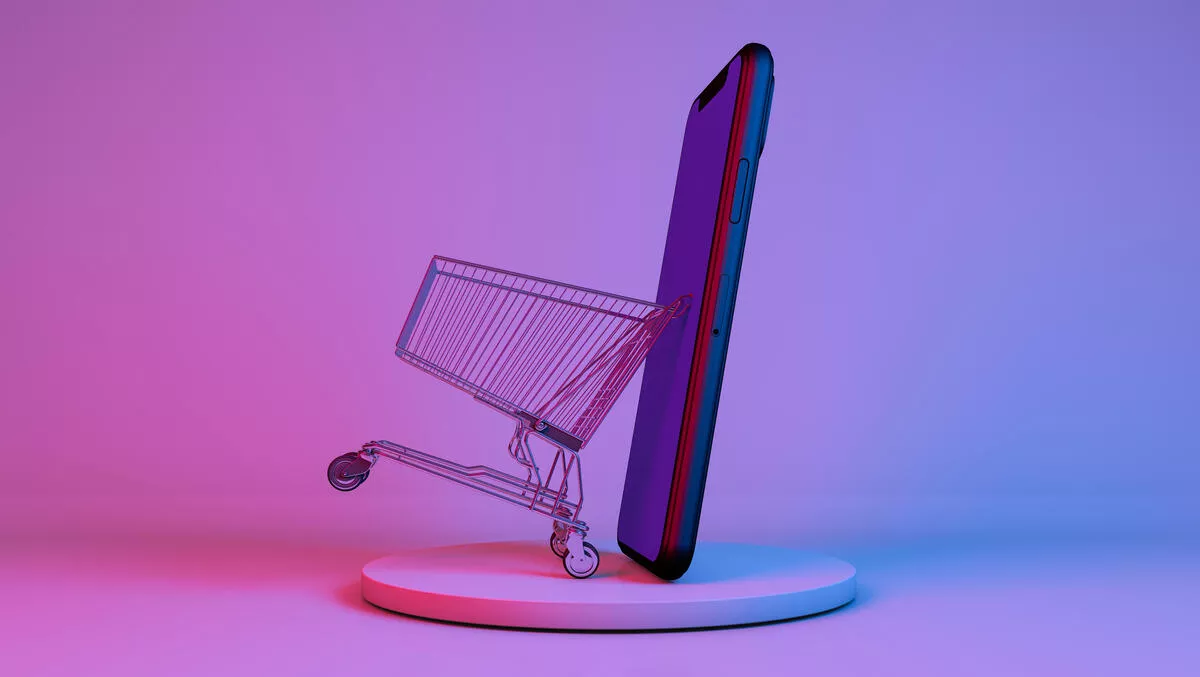With the retail sector increasingly crowded and competitive, in part due to international behemoths such as Amazon creating an unlevel playing field for local merchants, customer experience has become the key differentiator helping merchants compete with organisations of any size.
Experts believe retailers that improve the customer experience are better placed to improve revenue and profits amid growing competition. A shift to debit or credit card-linked loyalty programs could enhance retail customer experience and engagement by reducing the friction that can occur at the point of sale.
Almost three-quarters of Australians said customer experience was an important factor in their purchasing decisions, according to a PwC survey. Consumers are willing to pay a price premium of up to 16% on products and services if they receive a great experience in return. Meanwhile, 32% of consumers will leave a brand they love after just one bad experience.
Organisations have long been aware that loyalty programs can contribute to the overall consumer experience. Great loyalty programs help the consumer feel connected to the merchant, making them more likely to repeat customers.
When consumers participate in a retailer's loyalty programs, they are 80% more likely to download the retailer's app, twice as likely to subscribe to email and push notifications, and three times as likely to engage with its social media presence.
However, when loyalty programs require participants to carry additional cards or enter codes at the checkout, the resulting friction can make consumers less likely to enjoy their experience due to inefficiency. Inefficiency drives close to 45% of customers away, highlighting the importance of low-friction transactions.
Even consumers who thoroughly enjoy the shopping experience tend to get impatient when finalising the transaction; they want to pay and go. Being asked multiple questions or providing many pieces of information can create frustration for the customer and unnecessarily prolong the transaction.
At worst, this can make customers view their experience negatively, leading to customer attrition. At best, the customer may still purchase from the retailer but may not engage in the loyalty program, depriving the retailer of potentially valuable customer data and reducing the value of these programs.
Carrying a physical card as proof of membership to a loyalty program is a barrier for 79% of people. By contrast, a card-linked platform can link the customer's rewards to the debit or credit card they use to make their purchases. This means the customer can complete their purchase without needing to include additional details about their membership while being assured that their purchase will accrue rewards. Removing this friction and inefficiency can transform the customer experience.
Organisations need to transform the customer experience across all points of engagement. With more than 80% of companies investing in an omnichannel experience in 2020, merchants need to consider how customers interact with them online and in-store.
For example, many websites may automatically save the customer's payment and reward details, but when they visit the same merchant in a bricks-and-mortar store, they are still asked to present their payment card and loyalty card. With a card-linked loyalty platform, the customer will never need to submit a loyalty or membership card and can, instead, accrue rewards by the simple act of paying for their purchase.
Consumer expectations are at an all-time high. With so much choice available to them, consumers are happy to shop around and less likely to be loyal to a particular merchant unless they're given a compelling reason to be loyal. In such a competitive market, every incremental advantage can make a difference.
Card-linked loyalty platforms improve the customer experience by removing friction from transactions and making it easy to engage with rewards programs. They can also help deliver a stronger return on investment in loyalty programs for merchants and program operators, leading to a situation where everyone wins.
